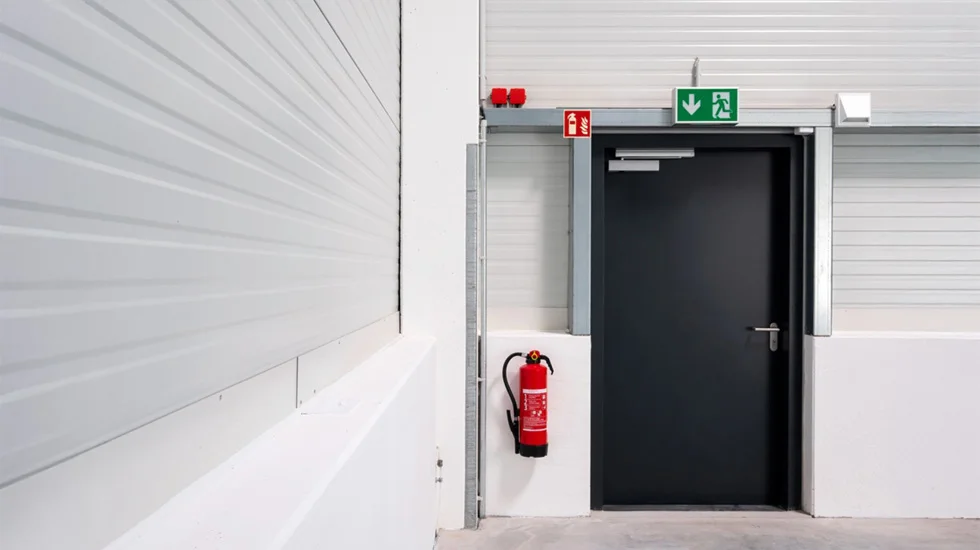Fire doors are acritical part of escape routes, helping to contain fire and smoke long enough for people to evacuate safely. In Australia, they must comply with AS1905.1, AS1905.2, and the National Construction Code (NCC) to ensure they perform when it matters most.
Do:
- Ensure compliance: Only use fire doors that meet Australian Standards AS 1905.1 and AS 1905.2, as well as the National Construction Code (NCC).
- Keep them unobstructed: Always keep the path to and through a fire door clear so it can be used in an emergency.
- Close them properly: Make sure the door self-closes and latches fully to maintain its fire resistance.
- Maintain regularly: Schedule inspections and maintenance to ensure hardware, seals, and the door leaf are in working order.
- Use appropriate signage: Clearly label fire doors and escape routes so they are easy to identify in a crisis.
Don’t:
- Wedge them open: This compromises their ability to contain fire and smoke.
- Block access: Never place furniture, equipment, or debris in front of a fire door or its escape path.
- Modify without approval: Drilling holes, changing hardware, or altering the frame can affect compliance and performance.
- Ignore damage: Even minor damage to the door leaf, frame, or seals can reduce fire resistance.
- Use them for storage access: Fire doors in escape routes should be functional emergency exits, not shortcuts to storage rooms.





%402x.svg)

